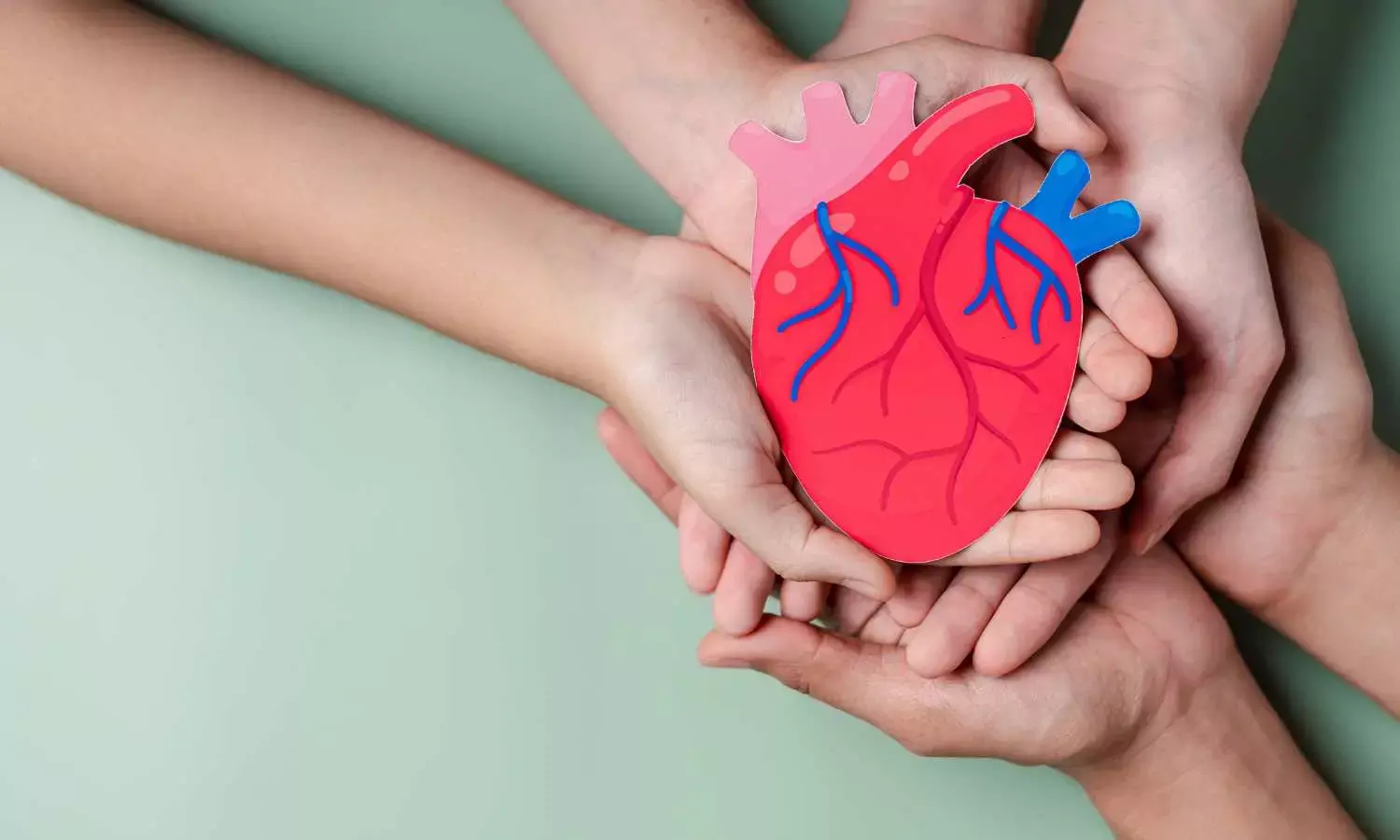- Home
- Medical news & Guidelines
- Anesthesiology
- Cardiology and CTVS
- Critical Care
- Dentistry
- Dermatology
- Diabetes and Endocrinology
- ENT
- Gastroenterology
- Medicine
- Nephrology
- Neurology
- Obstretics-Gynaecology
- Oncology
- Ophthalmology
- Orthopaedics
- Pediatrics-Neonatology
- Psychiatry
- Pulmonology
- Radiology
- Surgery
- Urology
- Laboratory Medicine
- Diet
- Nursing
- Paramedical
- Physiotherapy
- Health news
- Fact Check
- Bone Health Fact Check
- Brain Health Fact Check
- Cancer Related Fact Check
- Child Care Fact Check
- Dental and oral health fact check
- Diabetes and metabolic health fact check
- Diet and Nutrition Fact Check
- Eye and ENT Care Fact Check
- Fitness fact check
- Gut health fact check
- Heart health fact check
- Kidney health fact check
- Medical education fact check
- Men's health fact check
- Respiratory fact check
- Skin and hair care fact check
- Vaccine and Immunization fact check
- Women's health fact check
- AYUSH
- State News
- Andaman and Nicobar Islands
- Andhra Pradesh
- Arunachal Pradesh
- Assam
- Bihar
- Chandigarh
- Chattisgarh
- Dadra and Nagar Haveli
- Daman and Diu
- Delhi
- Goa
- Gujarat
- Haryana
- Himachal Pradesh
- Jammu & Kashmir
- Jharkhand
- Karnataka
- Kerala
- Ladakh
- Lakshadweep
- Madhya Pradesh
- Maharashtra
- Manipur
- Meghalaya
- Mizoram
- Nagaland
- Odisha
- Puducherry
- Punjab
- Rajasthan
- Sikkim
- Tamil Nadu
- Telangana
- Tripura
- Uttar Pradesh
- Uttrakhand
- West Bengal
- Medical Education
- Industry
High arsenic levels exposure linked to subclinical CVD in children: JAMA

A recent study by Brooks Gump and team from the Environmental Exposures and Child Health Outcomes (EECHO) cohort found the association between arsenic exposure and subclinical cardiovascular disease (CVD) in children. The findings were published in Journal of American Medical Association.
The study, a cross-sectional analysis, involved 245 children aged 9 to 11 years from the Syracuse, New York metropolitan area. The study measured total urinary arsenic levels in the participants using inductively coupled plasma mass spectrometry and adjusted the results for urinary dilution using creatinine concentration.
The findings of the study were:
The geometric mean of the creatinine-adjusted total arsenic level in the population was 7.76 μg/g creatinine, indicating a notable presence of arsenic.
After adjusting for various factors, the researchers found a significant association between elevated total arsenic levels and two subclinical indicators of CVD: increased carotid intima media thickness and cardiac remodeling.
Specifically, children with elevated total arsenic levels exhibited greater carotid intima media thickness, a known marker for early-stage atherosclerosis, compared to their counterparts with lower arsenic levels.
Furthermore, echocardiography revealed that children with higher total arsenic levels had concentric hypertrophy, characterized by greater left ventricular mass and relative wall thickness.
Of particular concern is the observation that elevated total arsenic levels were clustered in one urban area of Syracuse, known for historical pollution from industrial waste. This geographic clustering provides further evidence of a potential link between toxic metal exposure and adverse health effects.
This study underscores the importance of addressing environmental factors that contribute to arsenic exposure and the need for effective public health measures to reduce the risk of such exposures. Further research will help inform strategies to mitigate the potential health impacts of arsenic and safeguard the well-being of children in affected areas.
Reference:
Gump, B. B., Heffernan, K., Brann, L. S., Hill, D. T., Labrie-Cleary, C., Jandev, V., MacKenzie, J. A., Atallah-Yunes, N. H., Palmer, C. D., Roberts, A. A., & Bendinskas, K. (2023). Exposure to Arsenic and Subclinical Cardiovascular Disease in 9- to 11-Year-Old Children, Syracuse, New York. In JAMA Network Open (Vol. 6, Issue 6, p. e2321379). American Medical Association (AMA). https://doi.org/10.1001/jamanetworkopen.2023.21379
Neuroscience Masters graduate
Jacinthlyn Sylvia, a Neuroscience Master's graduate from Chennai has worked extensively in deciphering the neurobiology of cognition and motor control in aging. She also has spread-out exposure to Neurosurgery from her Bachelor’s. She is currently involved in active Neuro-Oncology research. She is an upcoming neuroscientist with a fiery passion for writing. Her news cover at Medical Dialogues feature recent discoveries and updates from the healthcare and biomedical research fields. She can be reached at editorial@medicaldialogues.in
Dr Kamal Kant Kohli-MBBS, DTCD- a chest specialist with more than 30 years of practice and a flair for writing clinical articles, Dr Kamal Kant Kohli joined Medical Dialogues as a Chief Editor of Medical News. Besides writing articles, as an editor, he proofreads and verifies all the medical content published on Medical Dialogues including those coming from journals, studies,medical conferences,guidelines etc. Email: drkohli@medicaldialogues.in. Contact no. 011-43720751


